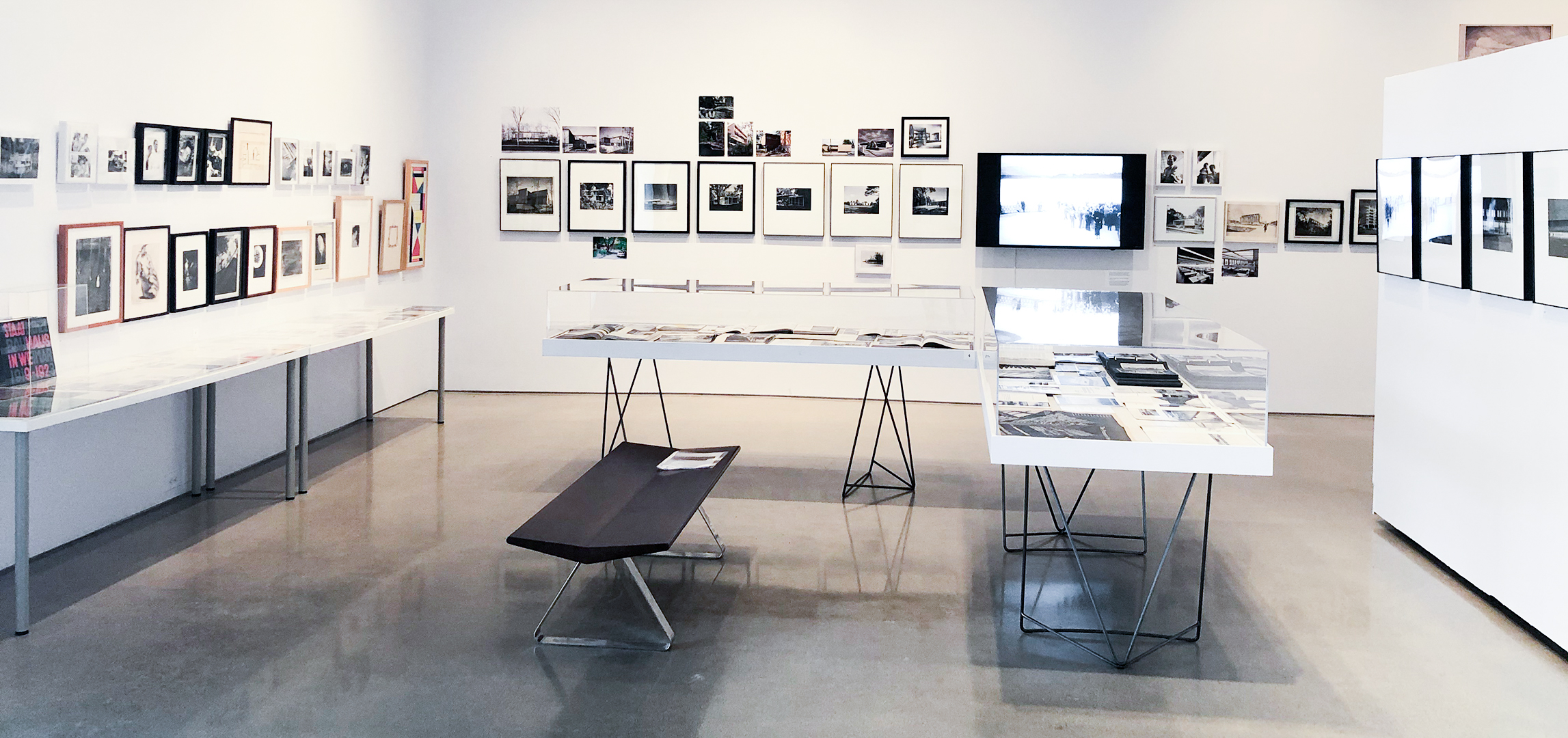The Bauhaus is widely considered to be the most influential 20thcentury design school. Founding Director Walter Gropius remained until 1928, having successfully shepherded the School to Dessau, Germany in 1925. There he designed an iconic building for the School, immortalized in classic photographs by Lucia Moholy. The School had a profound impact on art, design, theatre, architecture, pedagogy and photography. Student Marcel Breuer revolutionized furniture construction using tubular steel, while Gunta Stölzl, Anni Albers, Marli Ehrman and others transformed the Textile Workshop into a site of artistry, theory and industrial innovation. Because Gropius hired cutting-edge artist/teachers like Johannes Itten, Lyonel Feininger, Wassily Kandinsky, Paul Klee, László Moholy-Nagy, and Josef Albers, the Bauhaus had a powerful effect on fine art and pedagogy. Schlemmer’s Theatre Workshop (assisted by student Andor Weininger) experimented with dance and performance, and Weininger co-founded the popular Bauhaus Band. Moholy-Nagy’s conception of “New Vision” inspired informal “Bauhaus style” photography. Student Werner David Feist excelled at photography and was duly published in the Bauhausbücher publication series and bauhaus journal, edited by Gropius and Moholy-Nagy. Moholy-Nagy and Herbert Bayer revolutionized typography and book design through their work on these and other publications.
Architect Hannes Meyer took over as Director in 1928, and Ludwig Mies van der Rohe in 1932, guiding it through its closure under Nazi pressure in 1933. Josef and Anni Albers moved to Black Mountain College in North Carolina, and many other alumni dispersed, several to Great Britain, where the “British Bauhaus” emerged in the mid-1930s. Activity here centred around the “Isokon Building” designed by Canadian architect Wells Coates. Another Canadian, Hazen Sise collaborated directly with Moholy-Nagy on the production of a film in London.
From there, many Bauhäusler moved on to the US, where Gropius and Breuer taught at Harvard, Mies at the Illinois Institute of Technology, and Moholy-Nagy at Chicago’s “New Bauhaus.” György Kepes taught at the New Bauhaus before moving to the Massachusetts Institute of Technology, where he taught design fundamentals to architecture students. Josef and Anni Albers had already moved to Black Mountain College in North Carolina in 1933.
University of Manitoba Architecture Head Milton Osborne began sending graduates to Harvard, IIT and MIT in the early 1940s. His successor John A. Russell continued this practice, producing cohorts of Bauhäusler-trained architects, many of whom returned to transform practice in Canada, starting around 1950. Gropius and Breuer’s houses, and Mies’ Crown Hall at IIT became touchstones for this new Canadian style of building. Winnipeg photographer Henry Kalen, and Toronto’s Panda Associates documented Mies-influenced institutional, and Mies-, Gropius- and Breuer-influenced domestic architecture in the tradition of Lucia Moholy.
